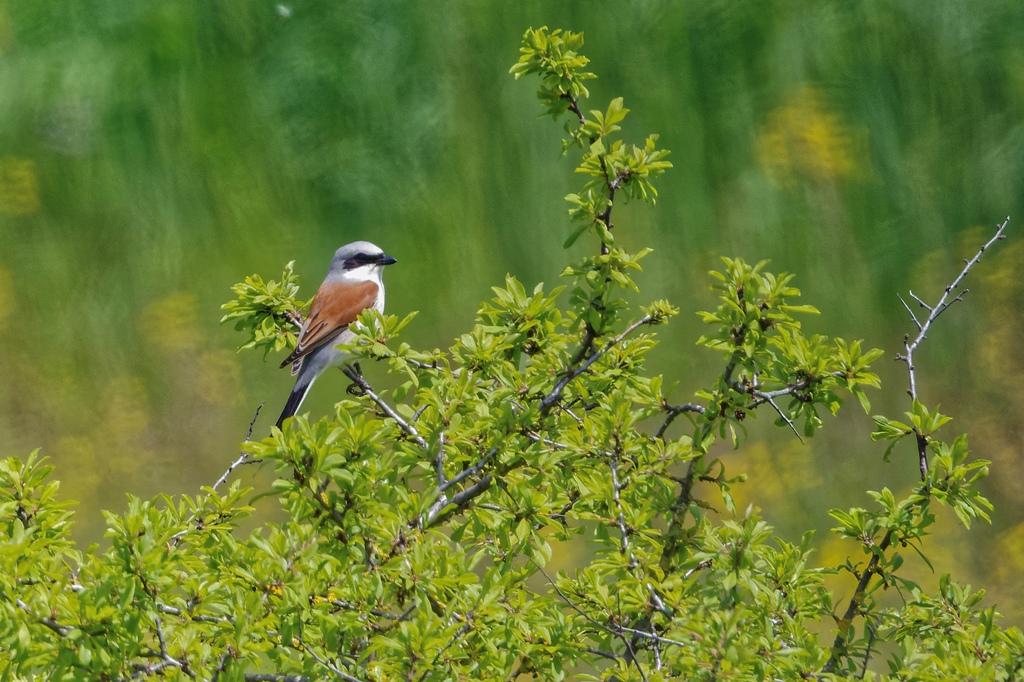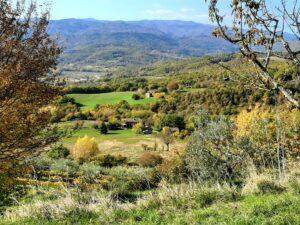Birding Tuscany
Tuscany, the heart of the ancient kingdom of Etruria, is as rich in culture as it is in birds. European Bee-eaters nest on the same sandy banks out of which the Etruscans carved their tombs, breeding Peregrine Falcons fly screeching over the heads of visitors to Florence’s cathedral, and European Crag Martins dart in and out of thousand-year-old bridges.
Tuscany is the very essence of Italy, a rolling countryside studded with cypress trees and flowery fields, all bathed in that vivid light so irresistible to painters over the centuries. Today, the birding visitor finds such colorful Mediterranean icons as golden orioles, hoopoes, and flamingoes, along with orchids and sparkling butterflies. Many otherwise elusive birds can be enjoyed with only a little effort in Tuscany, among them bee-eaters, rollers, great spotted cuckoos, and woodchat shrikes.
A relaxed morning walk or evening stroll will introduce you to an array of other typical Mediterranean birds: European green woodpeckers, common stonechats, Sardinian warblers, red-backed shrikes. On a mild evening on the shores of the Tyrrhenian Sea, you will hear the gentle toots of European scops owls from the ancient pines.
Tuscany boasts an abundance of protected areas where you can fully immerse yourself in nature. On a leisurely trip between the Apennines and the sea, you can explore the regional parks of Massaciuccoli, Maremma, and the Apuan Alps, and a number of Italy’s finest and wildest national parks: Appennino Tosco-Emiliano, Arcipelago Toscano, and Foreste Casentinesi. These extensive preserves are complemented by a rich network of lesser-known but equally productive oases and sanctuaries.
Tuscany: what better place could there be to relax while enjoying some of Europe’s richest natural history resources?
“Our day with Marco was an unforgettable journey through the Tuscan countryside. We learned so much about the land, olive groves, vineyards and more. At lunch we learned key insights on all things NOT Italian! And along the way, we added 35 species to our life list!” – Happy Customer from TripAdvisor
